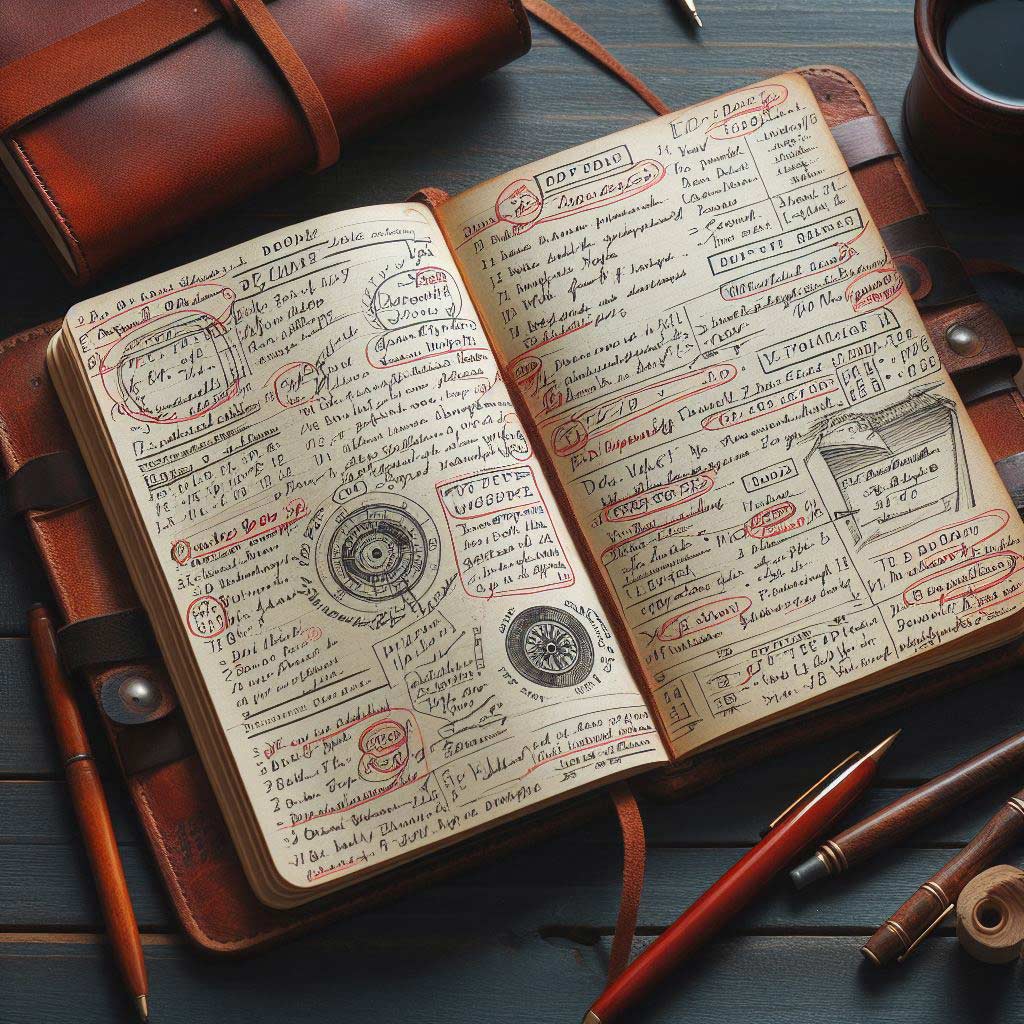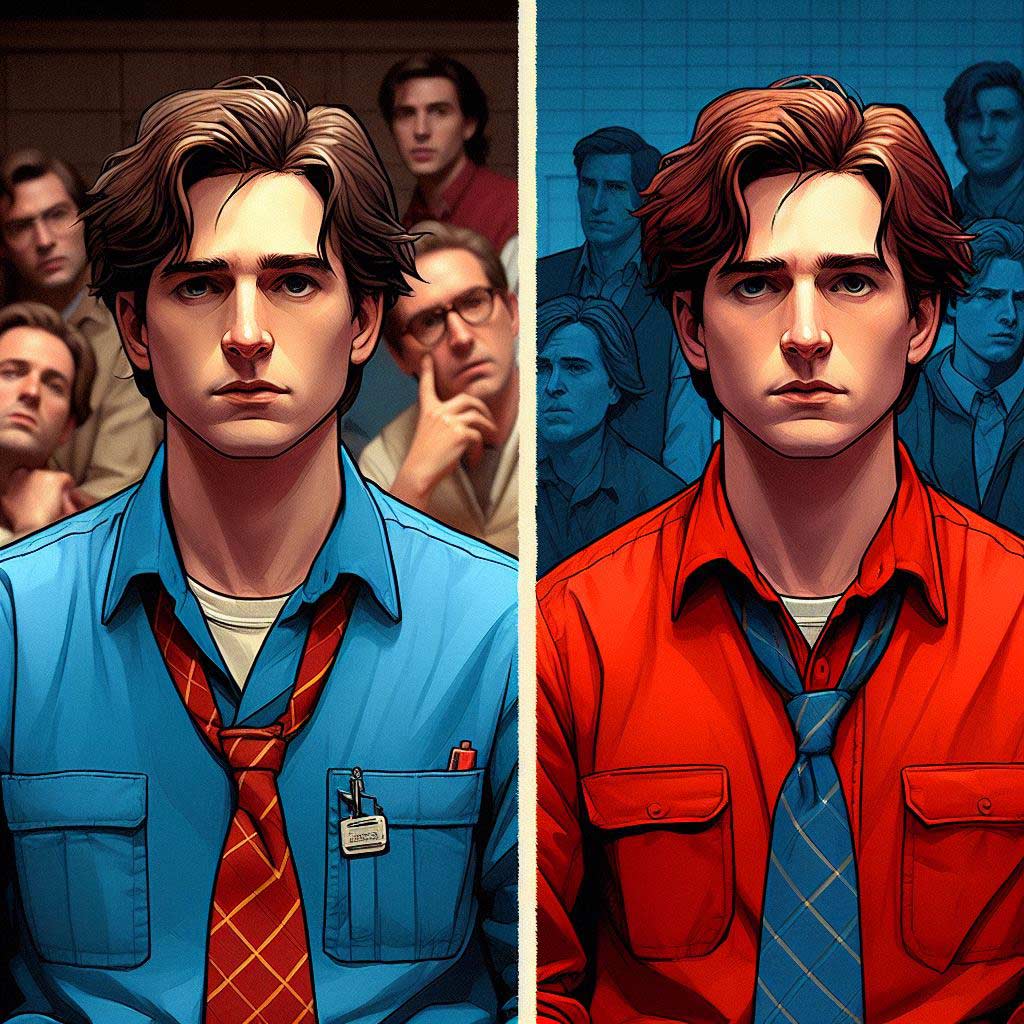When you watch a well-crafted film or television series, you get lost in the fictional world and story unfolding before you. You become invested in the characters and immersed in each sequential event. For the media to have this transportive power, meticulous script continuity is essential.
From episode to episode of Stranger Things, the audience believes they’re peering into the supernatural-tinged lives of Mike, Eleven, Dustin, and the Hawkins gang.
Christopher Nolan’s acclaimed Batman trilogy sustains Gotham City as a coherent universe across the films. Complex narratives like these rely on air-tight continuity practices behind the scenes to create a suspension of disbelief.
So what exactly is meant by “script continuity” and why does it matter so much? Read on for a comprehensive guide.

What is Script Continuity?
Script continuity refers to maintaining consistency of all details and events that occur within a film, episodic series, or other media project from start to finish.
It requires ensuring that each component flows logically into the next without gaps or contradictions that disrupt engagement or believability for the audience.
This includes continuity across these key dimensions:
Visual Continuity
The visual flow from scene to scene and even shot to shot must have coherence. Factors like framing, camera placement, lighting, character positioning, and more come into play.
For example, if in one shot the nightstand is on the right of the bed but the left in the next instant without reason, that would breach visual continuity.
Techniques like match-on action (continuing movement fluidly between edits) preserve consistency. Subtle visual cues also remind viewers where they left off, like an article of clothing or prop carrying through scenes.
Chronological Continuity
The timeline of events and passage of time in scripts must align without gaps, ambiguities, or impossibilities. Character age, relations, prior referenced occurrences, and other time-based details inform chronological continuity.
For instance, if a character had only been introduced as 24 years old earlier, they can’t inexplicably be 60 years old a decade later without some intervening explanation. Make chronologies crystal clear.
Character Continuity
Each character’s behaviors, backstory references, emotional range, speech patterns, relationships, and physical presentation must remain coherent as scripts progress.
When a lead character acts “out-of-character” without plot-tied justification or explanation, that strains believability. Subtle traits carried across scripts also reinforce the continuity of identity. Costuming, hairstyles, and other visual cues lend consistency too.
Scene Continuity Across Scripts
In episodic formats like ongoing TV shows or movie sequels/prequels, overall story world rules, details, and internal logic must continue unbroken. References to already-established canon details or unfolding narratives must align with preceding events and details so far.
If one script saw the much-beloved Café Clair burnt down, upcoming scripts can’t have characters casually meeting there without explanation. Track all continuity markers between scripts including time elapsed, story progressions, and more.
Common Script Continuity Errors
Even with diligent tracking and planning by skilled screenwriters and directors, some continuity errors and discrepancies do creep through editing and production. Eagle-eyed audiences may spot bloopers compromising continuity:
Character Inconsistencies
Say nostril flare is an eccentric gestural trait established for a detective character named Dan. If scenes show Dan confronted by dangerous suspects yet not reacting with a tell-tale nostril flare, that visual consistency gets disrupted without plot basis.
Or perhaps a famously stingy elder character Bertha suddenly spends lavishly on gifts with zero contextual setup reasoning behind such a shift of behavior against known continuity markers. Character contradictions strain believability.

Plot Holes
These come as events that directly undermine previously established story details or characterizations so far without explanation, leaving questions unanswered. Timeline paradoxes also qualify where a loop disrupts cause-and-effect logic.
For example, if Act I shows Jimmy has a pronounced limp from an old injury requiring a leg brace, later fight scenes better address that limitation, or it will come across as a continuity flaw. Plot holes also arise if a time travel premise starts unraveling its already-depicted causal chain.
Costume/Prop Issues
When subtle visual markers like brands of cigarettes, necklaces, signature hats, and other repeat costume or prop details appear inconsistent without narrative justification, continuity gets called into question.

Say lead investigator Tara always carries an ornate antique lighter and pack of cigarettes to crime scenes in Act I establishing visual trait consistency—those objects can’t vanish from scenes down the line without expectant viewers questioning why.
Geographical Gaps
Spatial paths must demonstrate feasible continuity as well in scripts. Characters can’t teleport vast distances between scenes just because plots demand it without reasonable passage of time for said travel to occur somehow off-screen. Establish realism limits.
For example, if oil tycoon mogul Victor makes an overnight fortune-changing business deal over lunch in Houston, he can’t already be back in Alaska by the evening of that same day unless private jets explain it. Geographic leaps strain credulity.
Best Practices for Script Continuity
Preserving seamless continuity requires planning from the early development phases through production and post. Writers lay the foundations but the whole creative team carries the charge of sustaining continuity:
Organized Scene Headers
Establish essential context in each scene slugline (header) so anyone reading understands location specifics, date/time, and sequence flow. For example INT PARKER KITCHEN—MORNING rather than just INT KITCHEN.

Detailed Character Breakdowns
Attach in-depth character descriptions including backstories informing behaviors, motivations and more so all scripts keep advancing various arcs coherently per already established traits.
Production Timelines/Story Bibles
For sprawling cross-episodic narratives, comprehensive show bibles/timelines tracking all continuity markers help avoid overlooking seemingly minor details that may prove plot pivotal later.
Thorough Script Review
Every draft merits meticulous proofing specifically watching for deviations against the established continuity canon per preceding scripts. Likewise, paying sharp attention during production when catching oversights before filming prevents expensive reshoots later.

Cross-Departmental Communication
Collaborate with directors, prop masters, costume designers, and other department leads when continuity notes arise to decide fixes needed if any compromised continuity elements require addressed backstories and more questions relevant to the creative team.
Script continuity does not hamstring imaginative writing or creative vision when implemented skillfully. Rather, maintaining continuity and coherence makes the characters, environments, and events portrayed feel organically real and believable.
Suspending the audience’s disbelief lets creative possibilities take flight built on the scaffolding of air-tight continuity across the moving parts.
Put simply—continuity gives stories their transportive power.
Key Takeaways
In summary, meticulous script continuity serves as the hidden framework upholding seamlessly engrossing media narratives that viewers and readers can get lost inside, forgetting their couches and e-readers.
It requires diligent tracking across scripts and the entire creative team cooperatively tending to details that preserve coherence not just within isolated scenes but holistically from start to finish.

Prioritizing continuity gives stories room for limitless imagination without collapsing believability. Don’t underestimate its importance for captivating an audience!
Using the script continuity best practices above allows creativity to flourish confidently knowing all moving pieces glue together sensibly for viewers suspending disbelief. That makes compelling storytelling possible.
Frequently Asked Questions
What is a continuity script?
A continuity script is a version of the screenplay used in filmmaking that includes detailed scene descriptions, technical notes, and shot information provided by the script supervisor to ensure continuity across all aspects of production.
What does a continuity girl do?
A continuity girl, now more commonly called a script supervisor, is responsible for maintaining continuity across all departments and details as filming occurs. This includes tracking the continuity of props, set dressing, wardrobe, hair/makeup, actions/dialogue, and more to prevent errors that breach established continuity.
What is the responsibility of continuity?
The main responsibilities of continuity crews include closely monitoring all visual details during production and filming to ensure nothing changes or gets overlooked that might break already established continuity rules, timeline logic, character details, and story world canon per the script canon overall. This allows mistakes to get caught early before becoming unfixable problems in editing.
How much do script supervisors earn?
Script supervisors can earn $65,000 to $85,000 per year on average, with particularly experienced script supers on major network shows earning up to $120,000 annually and above. Day rates run $400 to $650 depending on project size and experience levels.
What is an example of continuous in a screenplay?
Examples include visual details like a bandage consistently staying on a character in all scenes after it’s first shown applied, sequential timeline logic like not having gaps where characters inexplicably teleport distances between scenes, and in-world rules like established fantasy/sci-fi elements adhering to explained continuity norms.
How do you keep continuity in writing?
Strategies for maintaining continuity include keeping organized scene headers, detailed character descriptions and backstories, using production bibles/timelines to track canon details, thorough writing/editing review processes focused on continuity and close cross-departmental collaboration at each stage from script to filming.
What skills does a script supervisor need?
Essential script supervisor skills include excellent visual attention to detail and observational abilities, highly organized documentation practices, deep story universe/narrative knowledge, communication abilities with all departments, time management, multi-tasking under pressure, technical troubleshooting, and creative problem-solving skills.
How do I become a good script supervisor?
To become an excellent script supervisor, hone extreme attention to subtle visual details, an organization for complex tracking, familiarity with industry/on-set protocols, interdepartmental soft skills, technical troubleshooting, stress management, and grace under pressure. Consider assistant script supervising and formal training programs to gain experience before advancing.
How do you know if you have continuity?
Signs of strong continuity include scenes flowing seamlessly without noticeable visual gaps/contradictions, consistent character behaviors aligning with previous depictions, air-tight plot/timelines not creating unexplained holes or paradoxes, and adherence to established story world rules with no unearned convenient exceptions to continuity.


